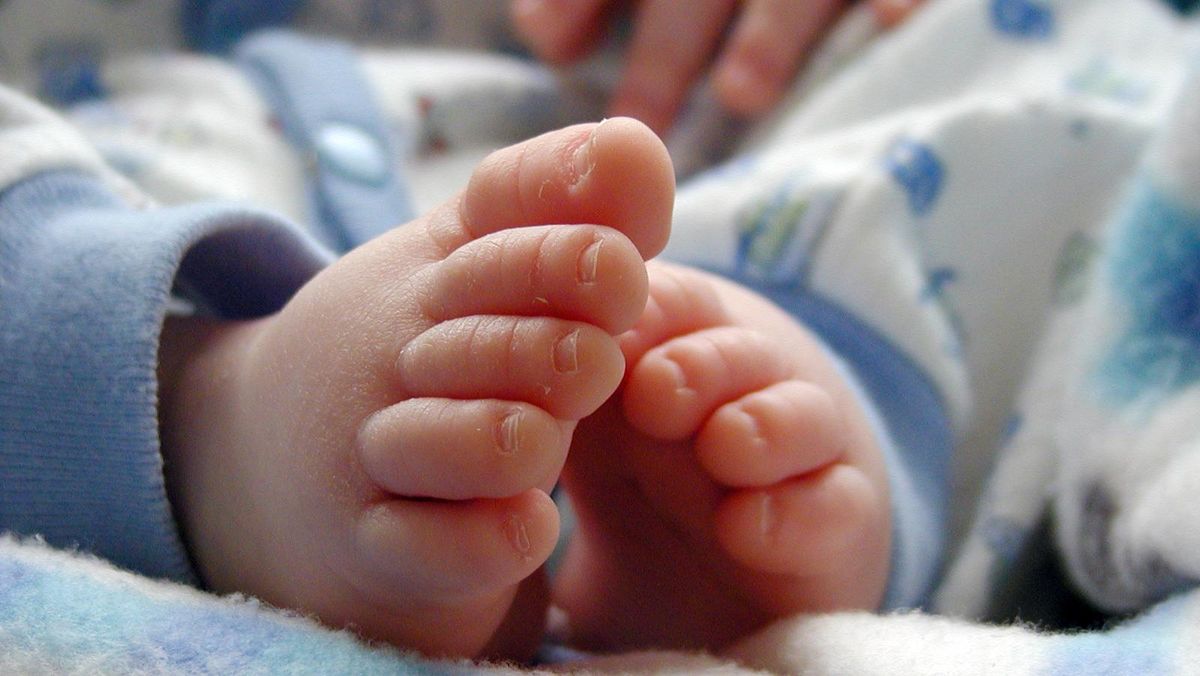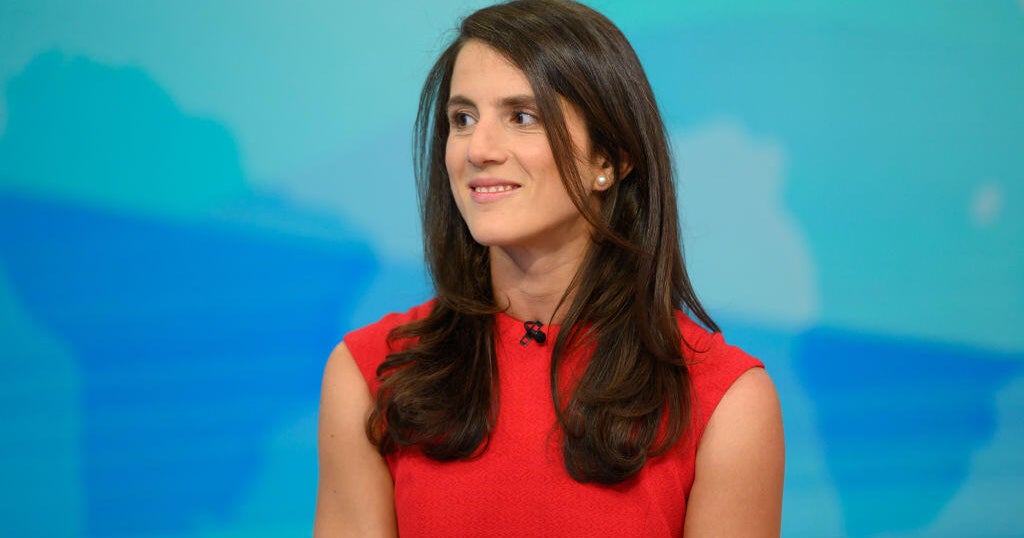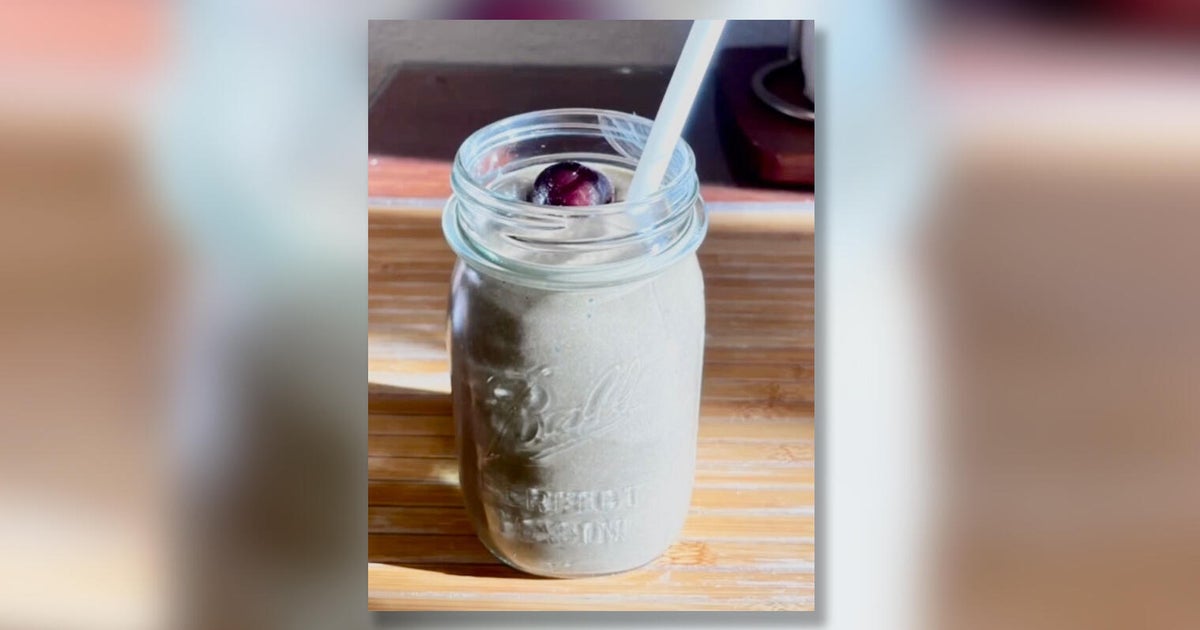By The Economist
July 31, 2025 — 6.09pm
Louis Vuitton’s new 1580-square-metre development in Shanghai is, quite literally, the luxury brand’s Chinese flagship. The structure, which serves as a store, restaurant, museum and billboard, is shaped like a giant boat, its hull emblazoned with Louis Vuitton’s unmistakable monogram print.
To some, it is also a metaphor for Louis Vuitton’s parent company, LVMH, which is floundering in China and beyond. Is it a superyacht headed for promising new waters, asks Flavio Cereda-Parin, of GAM, an asset manager, or “Titanic 2.0”?

The newly opened Louis Vuitton store shaped like a cruise ship in Shanghai, China.Credit: Bloomberg
Four decades of deal-making have turned LVMH into a luxury colossus. The group is made up of 75 independent maisons, from fashion labels such as Louis Vuitton and Dior to booze brands like Hennessy and Moet & Chandon, alongside watchmakers, hotels, retailers and more.
Last year, these brought in €85 billion ($150 billion) in sales, making LVMH around four times as large as the industry’s two other big conglomerates, Kering and Richemont.
Its creator, billionaire Bernard Arnault, was perhaps the first to recognise that combining luxury brands under one roof could bring significant economies of scale by conferring negotiating power with advertisers, landlords and suppliers and helping to entice and retain talent.
Loading
Over the past decade alone, Arnault, referred to as “the wolf in cashmere”, has devoured an iconic high-end jeweller (Tiffany & Co), a luxury-hotel chain (Belmond) and a premium luggage brand (Rimowa).
LVMH rode the boom in luxury spending that began around the turn of the millennium, as monied middle-class shoppers across the globe bought posh frocks and pricey bags by the trunk-load. According to Bain, a consultancy, global spending on personal luxury goods quadrupled between 2000 and 2023, when LVMH’s market value reached its peak of about €450 billion, briefly making Arnault the world’s richest man.
Much has changed since then. On July 24, LVMH reported that its revenue in the first half of 2025 fell by 4 per cent, year-on-year, with net profit plunging by 22 per cent. Shoppers in the US and China, the two biggest markets for luxury wares, are cutting back spending. US tariffs on European wares have not helped.
LVMH’s market value has fallen by more than a quarter over the past year, to less than €250 billion. Hermes, a luxury brand Arnault tried and failed to buy, and has eyed with envy ever since, has taken LVMH’s crown as the most valuable company in the industry, despite generating only €15 billion in sales last year.

LVMH chairman and billionaire Bernard Arnault.Credit: Bloomberg
Adding insult to injury, the Arnault family, which has topped France’s rich list since 2017, has also been dethroned by the Hermes clan. Can Arnault turn the ship around?
Loading
LVMH can’t blame the economic environment for all its woes. It raised prices enormously in the post-COVID “revenge shopping” boom, irking some customers. The price of Louis Vuitton’s Speedy 30 canvas tote bag has more than doubled since 2019, for example, while the average price of personal luxury goods in Europe has increased by just over 50 per cent, according to HSBC, a bank. Only a handful of designers, including Chanel and Gucci, have raised prices more.
A series of scandals have also damaged the image of some of its brands. Moet Hennessy, LVMH’s drinks division, has recently faced accusations of sexual harassment, bullying and unfair dismissal by former employees (which it denies).
On July 14, an Italian court placed Loro Piana, an LVMH label that sells cashmere sweaters for more than $US1000 ($1500) a piece, under judicial administration for using suppliers that allegedly violate labour rights. Dior faced similar investigations last year. LVMH’s response has been half-hearted: “Transparency, control and management of this whole ecosystem can sometimes prove a bit difficult,” it said recently.

An Hermes luxury boutique in Paris, France.Credit: Bloomberg
Arnault is attempting to steer towards calmer waters. New bosses have been put in charge of the booze, watches and retailing units. The appointment of Jonathan Anderson as the new creative director of Dior has been cheered by fashionistas.
Some investors, however, worry that the companies’ problems are deeply rooted. One concern is that decades of pushing fancy clothing and accessories not just to the super-rich but also the merely well-off has made LVMH’s brands more vulnerable to economic cycles and dented their image of exclusivity.
Even Louis Vuitton, the company’s crown jewel, has not been immune. Analysts at HSBC term the brand “schizophrenic” for its attempt to peddle entry-level products like chocolate and make-up alongside ultra-pricey handbags and luggage.
Loading
The outlook for Moet Hennessy is more worrying still. As profits have shrunk, the division has announced thousands of job cuts. Analysts point out that young consumers aren’t drinking as much as older generations, and when they do, they tend to shy away from spirits such as cognac, which make up a big chunk of LVMH’s booze business. The wine and spirits division now contributes less than 10 per cent of LVMH’s operating profits, down by roughly half over the past decade.
By contrast, Hermes, which has remained focused on selling fashion to the exceedingly wealthy, has continued growing handsomely. Its market value as a multiple of its net profit is now more than twice as high as for LVMH.
Brunello Cucinelli, another purveyor of ultra-luxe fashion, is valued at a similar multiple to Hermes. If Louis Vuitton were to be valued at such a multiple, it alone would be worth significantly more than the entirety of its parent company.
That has led some to call for LVMH to break itself up. On July 25, reports emerged that it was exploring a sale of Marc Jacobs, a fashion label founded by a former creative director of Louis Vuitton.
A bolder move would be jettisoning the troubled drinks business. Diageo, owner of tipples from Guinness to Johnny Walker, already controls a third of Moet Hennessy and has in the past expressed interest in taking the rest of it off LVMH’s hands. The British company is currently grappling with its own slump in profits and recently parted ways with its chief executive, but analysts speculate that it could make a deal work by selling off its beer business at the same time.

Bernard Arnault and his sons (from left) Jean, Frederic and Antoine.Credit: Getty
Arnault, aged 76, is navigating all this while making plans for a transition at the helm. He clearly intends to keep the enterprise under family management. All five of his children work in different corners of his empire under the tutelage of experienced executives.
His daughter, Delphine, who has been tasked with turning around Dior, is his eldest and the only of his offspring on the executive committee of LVMH, making her the most likely candidate to succeed her father. Yet, there are other possibilities. In February, Alexandre was parachuted in as the deputy head of Moet Hennessy. In March Frederic was put in charge of Loro Piana.
Loading
Arnault refuses to answer questions on the topic of succession. Having raised the age limit for his job from 75 to 80 three years ago, he raised it again to 85 earlier this year. That may mean he will wait until he has steadied the ship before relinquishing control. Even then, some investors question whether it is possible to replace the man who created the modern luxury industry.
Arnault still has plenty to do before he hangs up his hat.
The Economist
The Business Briefing newsletter delivers major stories, exclusive coverage and expert opinion. Sign up to get it every weekday morning.
Most Viewed in Business
Loading


















































